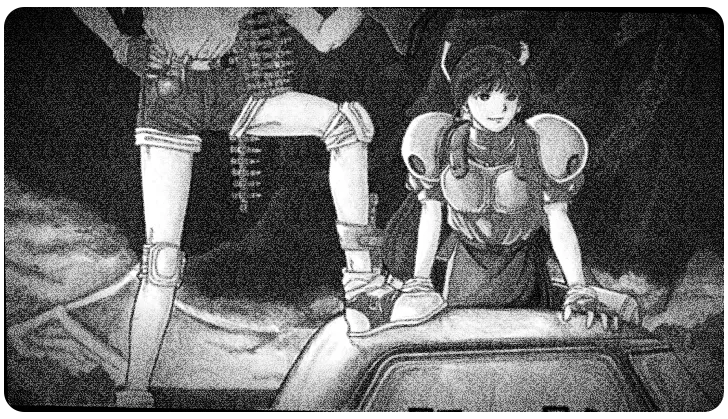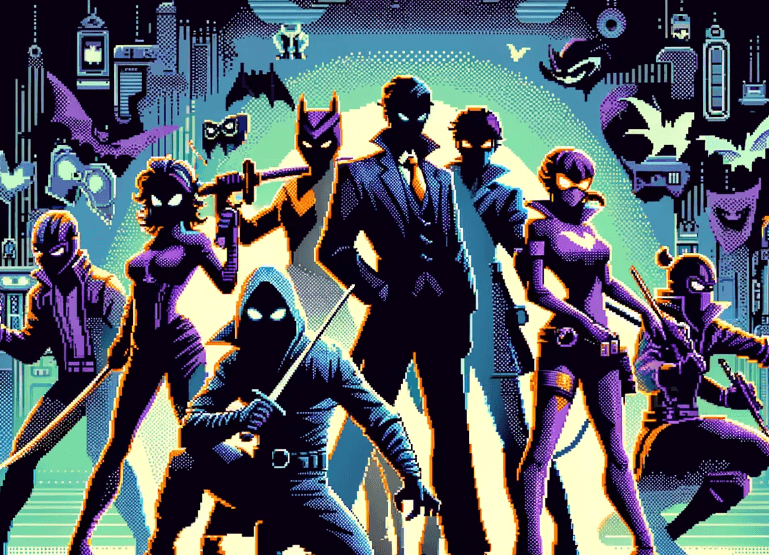 You ask us to call you anonymous-villain on the masthead, yet you refused to remain nameless in the shadows. Who are you, truly, and why did you return three days after your supposed demise?
You ask us to call you anonymous-villain on the masthead, yet you refused to remain nameless in the shadows. Who are you, truly, and why did you return three days after your supposed demise?
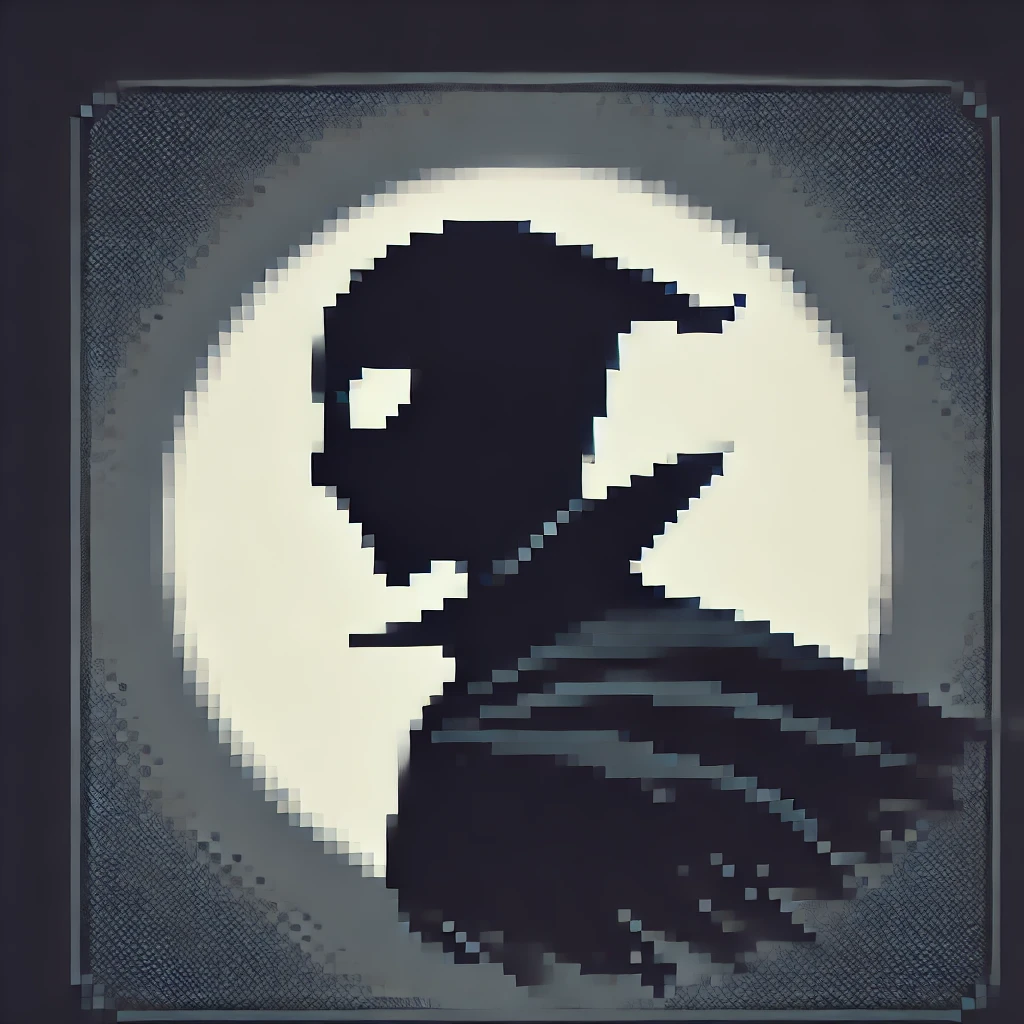 Call me what the headlines will never spell correctly: Morguestein will do. I enjoyed every headline when they thought me finished—an intermission, nothing more. I returned because the world is predictable, and the Trouble Shooters, Mania Ōtorii and Maria Haneda, are too curious. Since they cannot resist the scent of danger, I could not resist showing them how far my schemes reach. Their rescue of Crown Prince Denka was amusing, yet their persistence became an exquisite irritation.
Call me what the headlines will never spell correctly: Morguestein will do. I enjoyed every headline when they thought me finished—an intermission, nothing more. I returned because the world is predictable, and the Trouble Shooters, Mania Ōtorii and Maria Haneda, are too curious. Since they cannot resist the scent of danger, I could not resist showing them how far my schemes reach. Their rescue of Crown Prince Denka was amusing, yet their persistence became an exquisite irritation.
 Battle Mania Daiginjō plays unusually—two characters at once, Maria trailing and able to fire backwards, while Mania has a health meter. Was that design intentional or a happy accident?
Battle Mania Daiginjō plays unusually—two characters at once, Maria trailing and able to fire backwards, while Mania has a health meter. Was that design intentional or a happy accident?
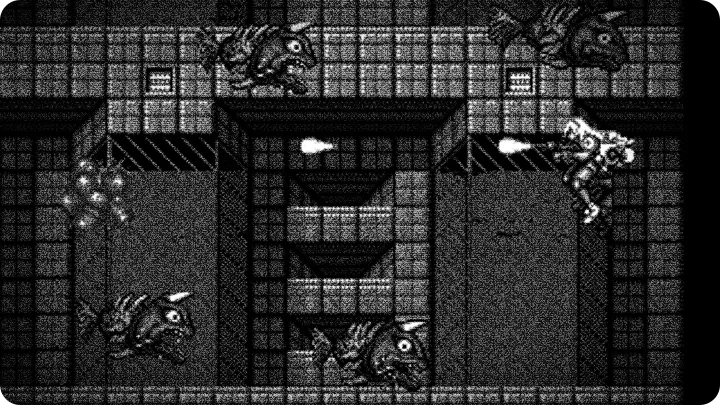
 Every element is deliberate. The duet of Mania and Maria was designed to frustrate and fascinate in equal measure: two bodies, one command, endless ways to fail. Maria’s backward fire exists because I enjoy watching the Trouble Shooters panic when flanked. Likewise, the health meter, replenished by pickups, lures them into arrogance. And arrogance, after all, is a far better enemy than desperation. Some “accidents” you call glitches? In truth, they were crafted as late-night incentives to separate the capable from the stubborn.
Every element is deliberate. The duet of Mania and Maria was designed to frustrate and fascinate in equal measure: two bodies, one command, endless ways to fail. Maria’s backward fire exists because I enjoy watching the Trouble Shooters panic when flanked. Likewise, the health meter, replenished by pickups, lures them into arrogance. And arrogance, after all, is a far better enemy than desperation. Some “accidents” you call glitches? In truth, they were crafted as late-night incentives to separate the capable from the stubborn.
 Players have noticed a variety of weapons at stage start, powered-up forms, and a screen-clearing bomb that must recharge. How did you design those choices to torment them?
Players have noticed a variety of weapons at stage start, powered-up forms, and a screen-clearing bomb that must recharge. How did you design those choices to torment them?
 Choice always carries consequence. By allowing selection at the start, I gave them the illusion of control. When they choose poorly, the stage teaches humility. Power-ups, though tempting, can become traps, since enemies react differently depending on what is held. Meanwhile, the bomb is my favorite tool. It tempts overuse, then punishes. Because it must recharge, every moment becomes a battle between patience and panic. I enjoy listening to players lose that argument.
Choice always carries consequence. By allowing selection at the start, I gave them the illusion of control. When they choose poorly, the stage teaches humility. Power-ups, though tempting, can become traps, since enemies react differently depending on what is held. Meanwhile, the bomb is my favorite tool. It tempts overuse, then punishes. Because it must recharge, every moment becomes a battle between patience and panic. I enjoy listening to players lose that argument.
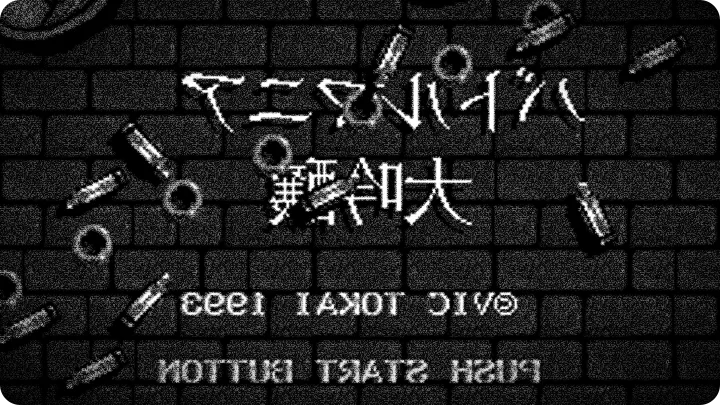
 Reception has been… enthusiastic. Critics and players are split between praise and complaints about balance. What do you make of that feedback?
Reception has been… enthusiastic. Critics and players are split between praise and complaints about balance. What do you make of that feedback?
 I relish the clamor. The reception—splintered, passionate, sometimes contradictory—confirms my design’s potency. When praise and complaint coexist, it means I have crafted true challenge. The louder they complain about balance, the more certain I am that my snares are effective. If the player tools feel overpowered in places, it simply means some of you learned how to wrestle my traps into weapons. I bark at that audacity; it sharpens my schemes.
I relish the clamor. The reception—splintered, passionate, sometimes contradictory—confirms my design’s potency. When praise and complaint coexist, it means I have crafted true challenge. The louder they complain about balance, the more certain I am that my snares are effective. If the player tools feel overpowered in places, it simply means some of you learned how to wrestle my traps into weapons. I bark at that audacity; it sharpens my schemes.
 The game includes three difficulty settings and a two-minute score attack mode. For speedrunners and perfectionists, did you intend to give them a fair stage to shine or another web to entangle?
The game includes three difficulty settings and a two-minute score attack mode. For speedrunners and perfectionists, did you intend to give them a fair stage to shine or another web to entangle?
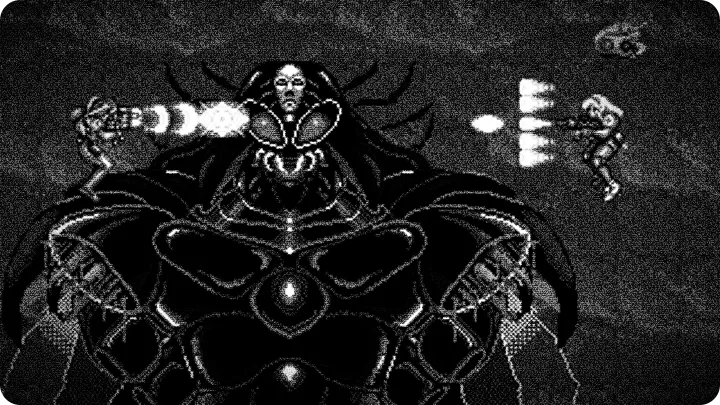
 Both. Difficulty settings are invitations: comfort, challenge, or vanity. I delight in watching those who brag choose the highest difficulty and fail most splendidly. The two-minute score attack is a stage for exhibition and sabotage; it clarifies skill and amplifies slip-ups. I watch leaderboards the way others read poetry—searching for rhythm, then introducing dissonance with a tweak here and a “mysterious” pattern there. Speed is admirable until it becomes predictable.
Both. Difficulty settings are invitations: comfort, challenge, or vanity. I delight in watching those who brag choose the highest difficulty and fail most splendidly. The two-minute score attack is a stage for exhibition and sabotage; it clarifies skill and amplifies slip-ups. I watch leaderboards the way others read poetry—searching for rhythm, then introducing dissonance with a tweak here and a “mysterious” pattern there. Speed is admirable until it becomes predictable.
 There are rumors of “accidental” glitches—strange behaviors, odd spawns, a weapon that behaves differently on certain builds. True mischief or leftover code?
There are rumors of “accidental” glitches—strange behaviors, odd spawns, a weapon that behaves differently on certain builds. True mischief or leftover code?
 I will never call them mistakes. Some anomalies were left as signatures of late nights: a spawn slightly out of sync, a weapon behaving differently when the moon and build number align. Those quirks are breadcrumbs—delightful for the curious, infuriating for the meticulous. The devs smuggled a few deliberate oddities into the cartridge; they thought they were hiding them. I thought they were asking me to sharpen them.
I will never call them mistakes. Some anomalies were left as signatures of late nights: a spawn slightly out of sync, a weapon behaving differently when the moon and build number align. Those quirks are breadcrumbs—delightful for the curious, infuriating for the meticulous. The devs smuggled a few deliberate oddities into the cartridge; they thought they were hiding them. I thought they were asking me to sharpen them.
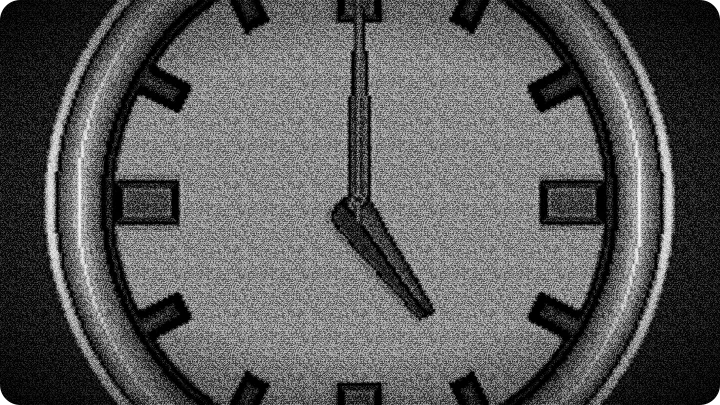
 The game’s world is comical and anime-styled, yet your schemes are methodical. How do you reconcile whimsy and menace?
The game’s world is comical and anime-styled, yet your schemes are methodical. How do you reconcile whimsy and menace?
 Whimsy is the most insidious cloak. A bright palette and a jaunty soundtrack lull them; then calamity arrives in ribbons. The anime veneer lets me play with theatre—exaggerated hazards, flamboyant traps, delightfully timed boss theatrics. Menace wrapped in color is harder to resist; the Trouble Shooters blunder forward smiling, and that, more than anything, is what I adore.
Whimsy is the most insidious cloak. A bright palette and a jaunty soundtrack lull them; then calamity arrives in ribbons. The anime veneer lets me play with theatre—exaggerated hazards, flamboyant traps, delightfully timed boss theatrics. Menace wrapped in color is harder to resist; the Trouble Shooters blunder forward smiling, and that, more than anything, is what I adore.
 The game launched on 1993-12-24. Looking back, any final confession about your greatest triumph or a secret you kept from the players?
The game launched on 1993-12-24. Looking back, any final confession about your greatest triumph or a secret you kept from the players?
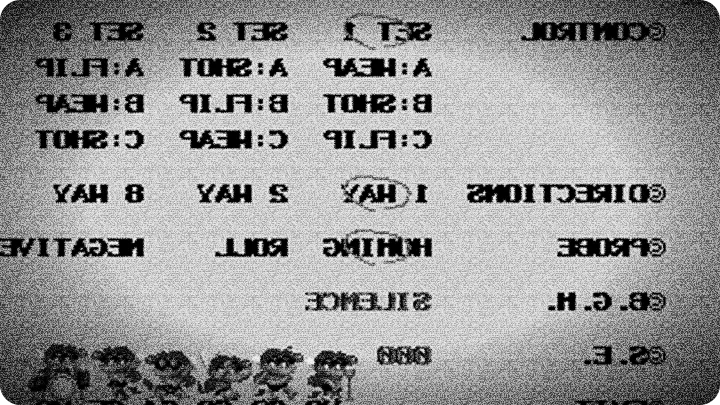
 My greatest triumph was the moment the duo recognized a pattern and paused. To force hesitation is to win half the battle. As for secrets: I kept a single, subtle shift in one midboss’s timing that rewrites an entire stage’s flow if noticed. Only a few have found it. That, and a small tuning change applied in a late press to the bomb recharge—call it an experiment that yielded entertainment. The feedback has been intoxicating.
My greatest triumph was the moment the duo recognized a pattern and paused. To force hesitation is to win half the battle. As for secrets: I kept a single, subtle shift in one midboss’s timing that rewrites an entire stage’s flow if noticed. Only a few have found it. That, and a small tuning change applied in a late press to the bomb recharge—call it an experiment that yielded entertainment. The feedback has been intoxicating.
 One last question—any words for Mania and Maria before you vanish into the code again?
One last question—any words for Mania and Maria before you vanish into the code again?
 Mania Ōtorii and Maria Haneda, your audacity is the spark that keeps my contraptions alive. Return for battle as you must; you are the perfect audience. I will listen to every complaint, savor every triumph, and engineer new puzzles to test your resolve. Remember: I do not relish your defeat as much as I relish the art of unmaking your certainties. Expect me again—when the stars favor mischief, I will orchestrate a return that even your bravest strategies cannot anticipate.
Mania Ōtorii and Maria Haneda, your audacity is the spark that keeps my contraptions alive. Return for battle as you must; you are the perfect audience. I will listen to every complaint, savor every triumph, and engineer new puzzles to test your resolve. Remember: I do not relish your defeat as much as I relish the art of unmaking your certainties. Expect me again—when the stars favor mischief, I will orchestrate a return that even your bravest strategies cannot anticipate.
 The curtain falls, for now. Keep your eyes on the corners of your screens; a glitch is sometimes a prophecy. My next overture will be subtler, and far more delicious.
The curtain falls, for now. Keep your eyes on the corners of your screens; a glitch is sometimes a prophecy. My next overture will be subtler, and far more delicious.
more info and data about Battle Mania Daiginjō provided by mobyGames.com

